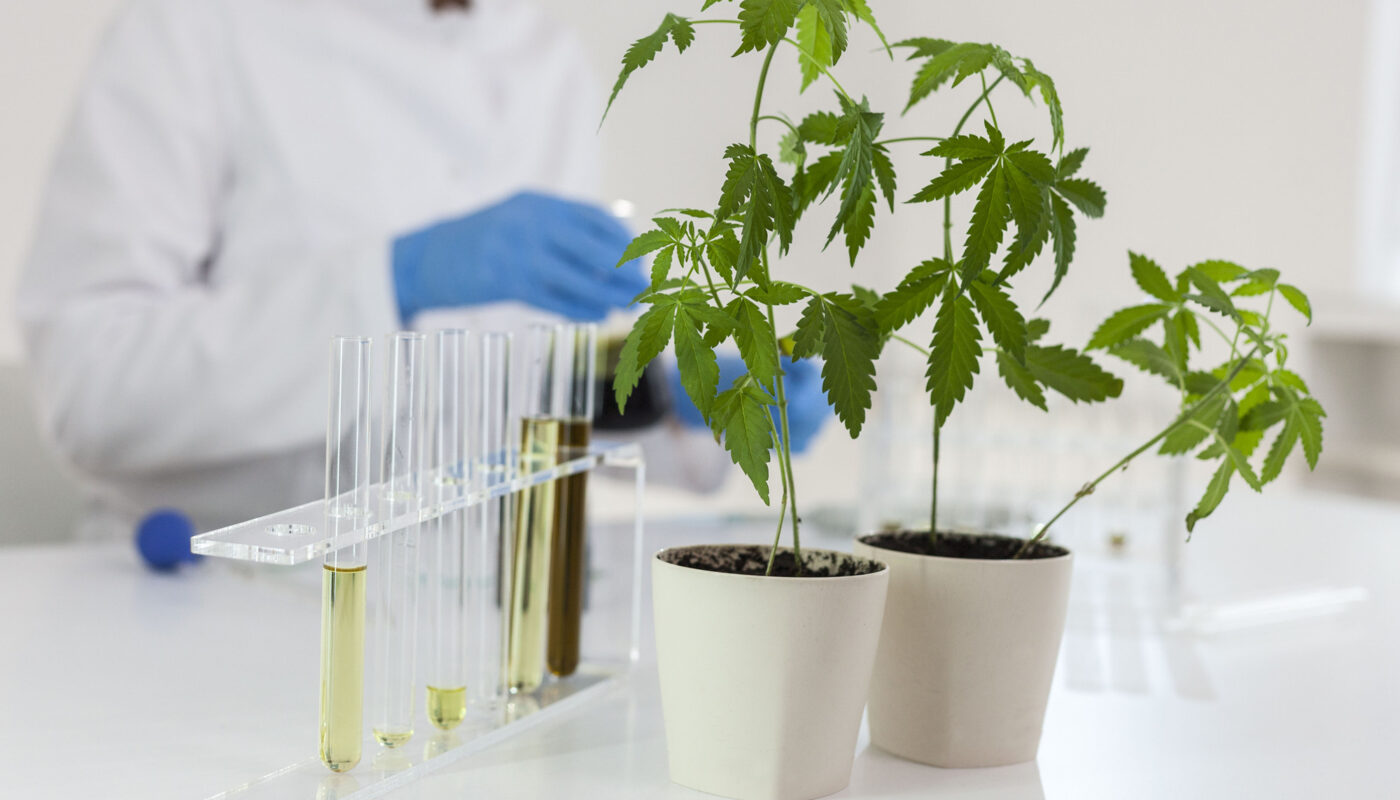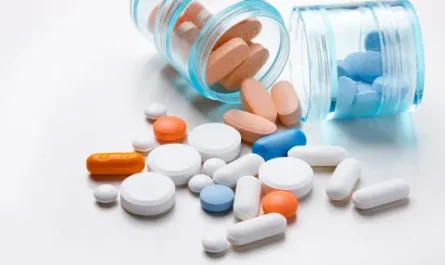With legalization efforts sweeping across the United States and Canada, cannabis testing has become increasingly important to ensure product safety and consistency for consumers. Multiple studies have found significant variability between labeled and actual THC and CBD potencies, in addition to microbial and pesticide contaminations in some products. As the cannabis industry continues to mature, rigorous testing standards and procedures will play a vital role in building consumer trust.
Regulated Markets Need Testing
For legal cannabis markets to succeed long-term, regulators must implement comprehensive testing requirements that verify label accuracy and screen for unwanted substances. Without clear testing guidelines, consumers have no assurances that the products they purchase contain what is advertised. Testing helps create accountability within the supply chain from cultivation to the retail shelf. It also protects public health by identifying products that could pose risks due to molds, heavy metals, or residual pesticides and fertilizers.
The cannabis testing industry has grown in parallel with expanding regulated markets. Certified labs use sophisticated analytical equipment and validated testing methods to provide objective data on cannabis products to regulators, producers, and retailers. Different testing stages, such as harvest lot testing, batch release testing, and periodic random compliance checks help ensure product standards are consistently met.
Components and Contaminant Testing
Cannabis Testing protocols generally include analyses for several key components as well as potential contaminants:
– THC/CBD Potency Testing – Quantifying the amounts of tetrahydrocannabinol (THC) and cannabidiol (CBD) ensures labels accurately reflect a product’s intended use and effects. Potency can vary greatly depending on strains and growing conditions.
– Terpene Profiling – Beyond THC and CBD, terpenes are aromatic compounds in cannabis that influence aroma and flavor. Quantifying major terpenes like myrcene, limonene and caryophyllene provides valuable strain differentiation data.
– Microbial Testing – Screening for harmful bacteria like salmonella and E. coli is essential to prevent pathogen exposure. Yeast and mold counts are also evaluated to rule out unsafe levels of contamination.
– Residual Solvent Testing – When cannabis concentrates are produced using extraction solvents like butane or propane, residual chemical testing ensures levels are below safety thresholds set by regulators.
– Heavy Metal Testing – Various heavy metals including lead, cadmium and arsenic are evaluated to detect any contaminated products that may pose long-term health risks with regular use. Maximum allowable limits vary by jurisdiction.
– Pesticide Residue Screening – Unauthorized pesticides should not be present in legal cannabis. Sophisticated techniques can identify trace amounts of hundreds of agrochemicals to verify compliance with restrictions.
Ensuring Consistent Product Quality
Beyond safety and compliance, cannabis testing provides quality control benefits that help cultivators and manufacturers optimize their production processes. Consistent batch-to-batch cannabinoid and terpene profiles signal stable genetic strains and cultivation methods. Laboratories issue Certificates of Analysis (COAs) documenting test results that allow for direct product comparisons and quality improvements over time.
With cannabis moving out of the illicit market, implementation of standardized testing policies has been instrumental in establishing legitimacy within emerging legal industries. As regulations continue to evolve and markets mature, advances in analytical technologies and testing methodologies will support the ability to safely produce traceable, verified cannabis products meeting both safety thresholds and consumer expectations of quality and consistency. Rigorous testing ensures the bright future of the cannabis industry remains firmly focused on integrity, accountability and public wellness.
*Note:
1. Source: Coherent Market Insights, Public sources, Desk research
2. We have leveraged AI tools to mine information and compile it


